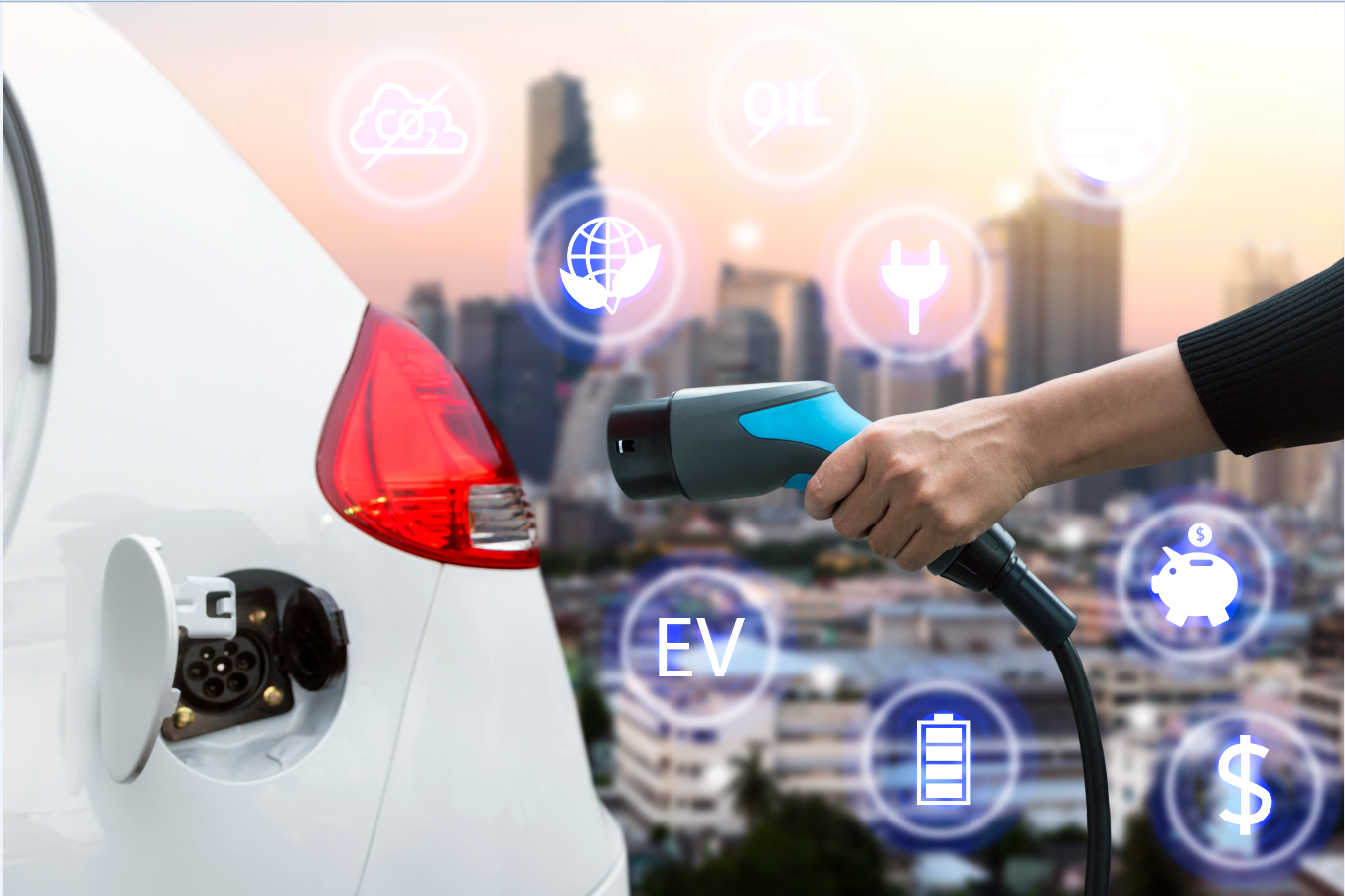Benefiting from carbon neutral policy, the penetration rate of NdFeB permanent magnet motors is expected to increase from 3% today to 20%, and the demand will increase by 7 times.
By 2023, the annual output of high-efficiency and energy-saving motors is expected to reach 170 million kilowatts, and the proportion of high-efficiency and energy-saving motors in service will reach more than 20%, achieving annual electricity savings of 49 billion kilowatt-hours. At the same time, the energy-saving transformation of the existing motors is being carried out, increasing the application of high-efficiency and energy-saving motors. NdFeB is a must-have for high-efficiency and energy-saving motors, and high-efficiency and energy-saving motors are currently mainly used in new energy vehicle scenarios.
From a technical point of view, electric vehicle motors mainly include permanent magnet synchronous motors and AC asynchronous motors. Because the NdFeB permanent magnet motor has the advantages of wide field weakening speed range, high power density ratio, high efficiency, high reliability, etc., it has become the standard configuration of new energy electric vehicle drive motors. Taking a 10kW motor as an example, the use of rare earth permanent magnet materials can reduce the weight of the motor by 130kg. In the comparison of two mainstream motors, AC asynchronous motors have cost advantages, while permanent magnet synchronous motors are more efficient. According to data from the Ministry of Industry and Information Technology, permanent magnet synchronous motors accounted for 96.03% of new energy vehicles in 2020, and AC asynchronous motors accounted for only 3.97%.
Although the penetration rate of drive motors has exceeded 96%, it accounts for only 10% of the total cost of new energy vehicles. In 2020, the market size of China’s new energy motors is only 21.62 billion yuan. In addition to the general industrial market, the penetration rate of NdFeB permanent magnet motors is almost negligible, which is also the core key to restricting the development of rare earths. With the introduction of domestic high-efficiency motor policies, the penetration rate of neodymium iron boron permanent magnet motors in traditional industrial scenarios is expected to further increase and promote the development of the industry.
Industrial motors are the area that consumes the most power in society. According to an earlier document from the Ministry of Industry and Information Technology, China’s motors consume 75% of the total industrial electricity consumption and account for 60% of the country’s total electricity consumption. Under the huge scale of electricity consumption, 1% increase in the energy efficiency of industrial motors will save tens of billions of kilowatt-hours of electricity annually. Compared with traditional asynchronous motors, neodymium iron boron permanent magnet motors do not require excitation current, saving about 15%-20%; the efficiency is increased by 2-19% compared with traditional motors, while the failure rate is low, and the lifespan is longer.
According to estimates, the potential increase in demand for rare earth permanent magnet materials for high-efficiency and energy-saving motors in industrial motors is comparable to the new energy vehicle market. With the further advancement of the goal of carbon neutrality, the application of rare earth permanent magnet motors in variable frequency air conditioners, consumer electronics, energy-saving elevators and other fields will gradually expand. The natural growth of drive motors for new energy vehicles combined with the penetration of high-efficiency motors in traditional industrial fields has prompted the expected rapid surge in demand for neodymium iron boron permanent magnet motors.

 English
English


